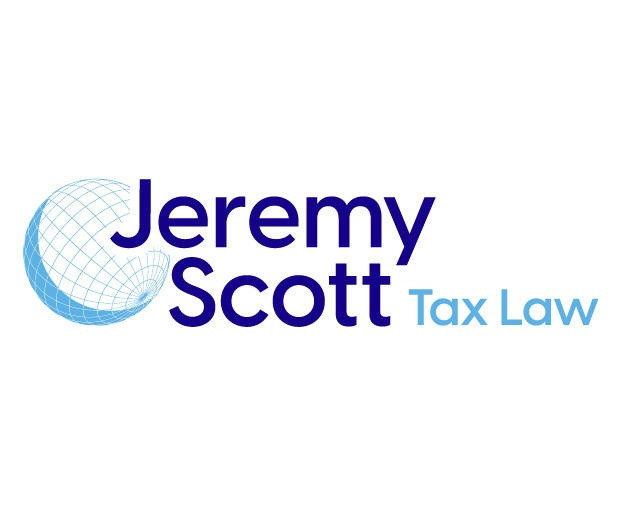From City Hall to the C-Suite
Jeremy did not follow the conventional route into the field of tax. After obtaining a business degree and a law degree from the University of New Brunswick, he began his career in municipal government. However, he soon realized that his true passion lay in tax. This revelation led him to a mid-sized accounting firm, where he immersed himself in indirect taxes - exploring the realms of GST, HST, and provincial sales taxes.
"Most individuals tend to gravitate towards corporate or income tax," Jeremy remarks with a chuckle. "But I found myself captivated by sales and commodity taxes. We have always experienced a bit of an identity crisis - are we sales tax professionals? Commodity tax experts? Indirect tax specialists? I prefer to simply refer to it as sales tax."
This specialized focus proved to be advantageous. Jeremy's knowledge and skills earned him a leadership role at Sobeys, one of Canada's largest grocery retailers, where he managed the indirect tax department (and subsequently the entire tax function) for almost ten years. In this capacity, he oversaw compliance, risk management, and significant acquisitions - including the $6 billion acquisition of Canada Safeway - striking a balance between technical accuracy and business practicality.
The View from Both Sides of the Desk
Following a decade in-house, Jeremy transitioned back to consulting with a unique viewpoint - he has experienced both sides as an advisor and a client. He possesses a deep understanding of the technical aspects while also recognizing how tax policy is implemented within large organizations.
"It's one thing to draft a technically accurate memo," he explains. "It's an entirely different challenge to ensure that policy is effectively executed across accounting, operations, and logistics teams. Tax does not exist in isolation."
How Canada's Sales Tax System Really Works
So, what sets Canada's sales tax system apart from others?
To begin with, Canada has both a national and provincial tax framework. The federal GST (Goods and Services Tax) is applied nationwide at a rate of 5%. Certain provinces - such as Ontario and Nova Scotia - have harmonized their provincial sales tax with the GST, resulting in the HST, a single combined VAT (value-added tax) that can reach as high as 15%.
Conversely, provinces like Quebec maintain their own tax structures. Quebec's QST closely resembles the GST but is managed separately. Meanwhile, British Columbia, Manitoba, and Saskatchewan each have independent PSTs (Provincial Sales Taxes) that function more like U.S. state sales taxes.
"Every province has its own peculiarities," Jeremy points out. "When dealing with cross-border transactions, particularly in provinces with their own PSTs, you must relearn the regulations each time."
The "Netflix Tax" and the Digital Shift
In recent years, Canada has implemented what is colloquially referred to as the "Netflix tax" - a simplified registration process for non-resident digital service providers, such as streaming platforms, e-commerce vendors, or SaaS companies that cater to Canadian consumers without a physical presence.
"We transitioned from asking, 'Are you conducting business in Canada?' to 'Are you making digital sales to Canadian consumers?" Jeremy clarifies.
Even if a business does not have a physical location in Canada, if it surpasses approximately $30,000 in annual sales to Canadian consumers, it may be required to register and collect GST, HST, or the provincial equivalent.
The Import Puzzle: Tax at the Border
One of the most frequent surprises for companies operating in Canada is the GST imposed on imports.
When goods enter the country, a 5% GST is levied by the Canada Border Services Agency (CBSA). Many businesses overlook this - often unaware that it is a recoverable tax, meaning they can reclaim it later.
"I have encountered numerous clients who don't even realize they have paid GST at the border," Jeremy states. "It's often hidden in their import documentation or broker fees. However, it's money they can frequently recover."
Structuring Smart - and Staying Out of Trouble
For non-resident businesses, becoming subject to Canada's tax obligations is not always unavoidable. With appropriate transaction structuring, organizations can sometimes reduce their exposure.
"You can arrange your transactions so they occur outside of Canada," he mentions. "In such instances, the Canadian customer becomes the importer of record and manages all tax responsibilities. However, this requires careful planning."
Why Compliance Starts with Communication
When discussing goods being delayed at the border, Jeremy chuckled - not out of amusement, but because it is often preventable. The primary culprit? Poor paperwork.
Incorrect HS codes, incomplete declarations, or mismatched importer information cause the majority of border delays. "It's not always a tax problem," he explains. "Sometimes it's simply customs. But in any case, improved coordination between logistics, tax, and operations can avert many issues."
Bringing It All Together
Navigating Canada's intricate sales tax environment is challenging - but certainly not impossible. Businesses that invest time in understanding how the GST, HST, and PST systems interact can discover efficiencies and mitigate unnecessary risks.
"Whether you're a local enterprise or a global player, the crucial factor is aligning your tax strategy with your business objectives," Jeremy asserts. "When you view tax through that perspective, it shifts from being merely about compliance - and becomes more about strategic planning."
In conclusion, navigating Canada's complex sales tax system can be a challenging endeavor for businesses. However, with the right knowledge and resources, companies can successfully manage their sales tax compliance and minimize the risk of tax audits. Tax lawyer Jeremy Scott's insights serve as a valuable reminder of the importance of understanding sales tax regulations, maintaining accurate records, and seeking professional guidance when needed. By taking these steps, businesses can ensure they remain compliant and avoid the pitfalls that often accompany sales tax obligations in Canada.
To learn more about aligning your tax strategies with business growth, visit https://jeremyscott.ca/
```


